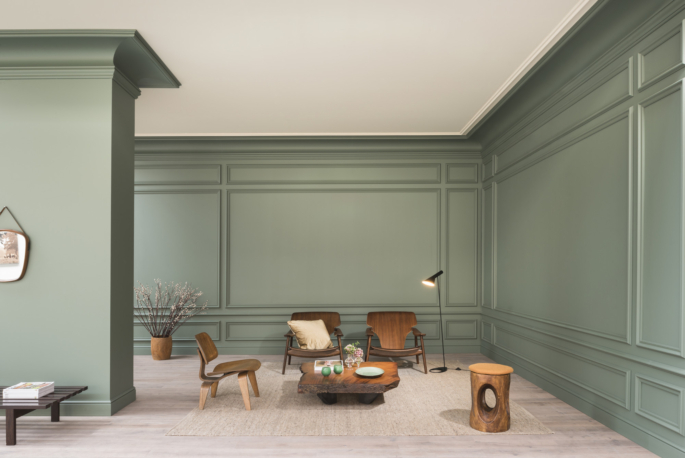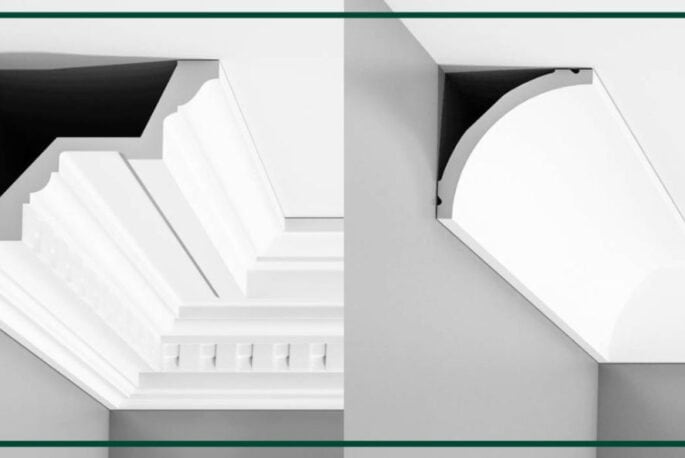5 Things You Didn’t Know About Cornice

A Cornice is the decorative moulding that is found at the top of walls or ceilings. They can transform a room and help hide ugly joints or gaps at the top of walls.
Here’s 5 facts about cornice, you probably didn’t know before:
Cornices have been in use for centuries, and the earliest use has been found to date back to ancient Egypt. Typically, back then, cornices were used on building exteriors and tended to be carved from stone. Later in Classical Greek and Roman architecture, the cornice was the top component of the entablature, which was the horizontal section of a building’s exterior, usually immediately above a series of columns. Cornices typically were used to protect walls from water damage, where the overhang of the cornice would deflect rainwater away from the wall to help keep it dry. They would also prevent water from getting into the wall, thus helping with insulation.
Cornices then moved on to be a display of wealth and status. The more elaborate the cornice, the wealthier the owner was considered to be. This was due to the fact that cornices were mostly made from wood or plaster and would have taken a skilled person to painstakingly carve the decorative details into the cornice and often would have taken months to complete. The Baroque period is a fine example of ornate decorative cornices at their extremity.
Decorative cornices reached their zenith in the Victorian era, where there was a lot of emphasis on elaborate decorative mouldings. They would have created a delicate transition from the decorative walls to the ornate ceilings. Moving on to the Edwardian and Art Deco periods, cornices changed to much simpler linear designs.
Today, cornices are still used to hide irregularities on walls, particularly in new build properties where the drying out of the building materials creates cracks and variances over time. However, nowadays we have the luxury of using more modern materials such as polymers to recreate decorative cornices without the issues plaster cornices come with. They can also help to increase the acoustics of a room, and also help to cover lighting fixtures. Some people choose more decorative cornices to suit the age of their property, whilst others choose much more simpler, contemporary designs to fit in with modern society.
You can’t tell the difference between High grade polymer and plaster cornices; these look identical once fitted and painted. Polymer Materials have come a long way in the past 30 years.
So, there you have it! Five features you didn’t know about cornices. Next time you see a cornice, you’ll be able to understand its history, its symbolism, and its practicality.


